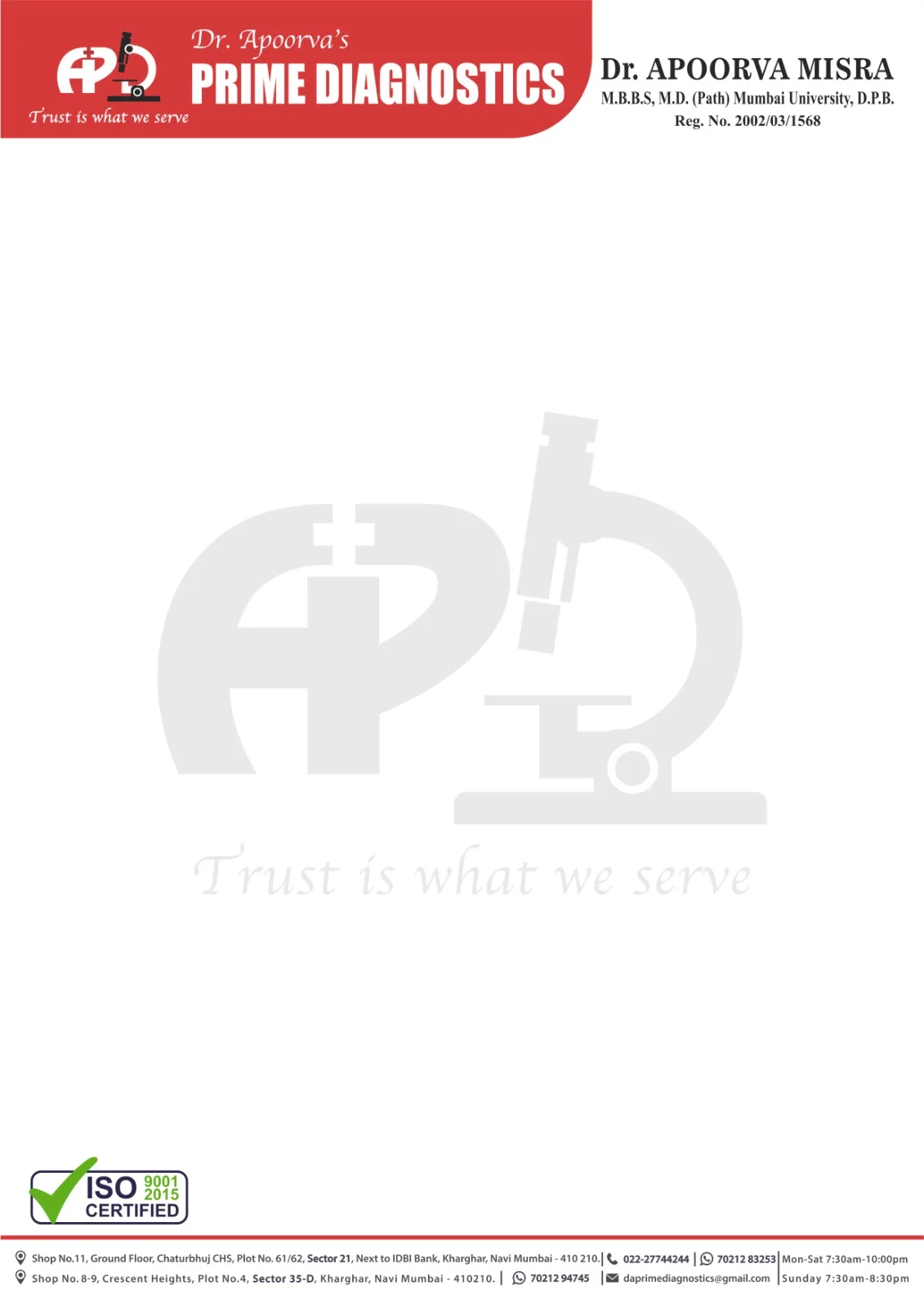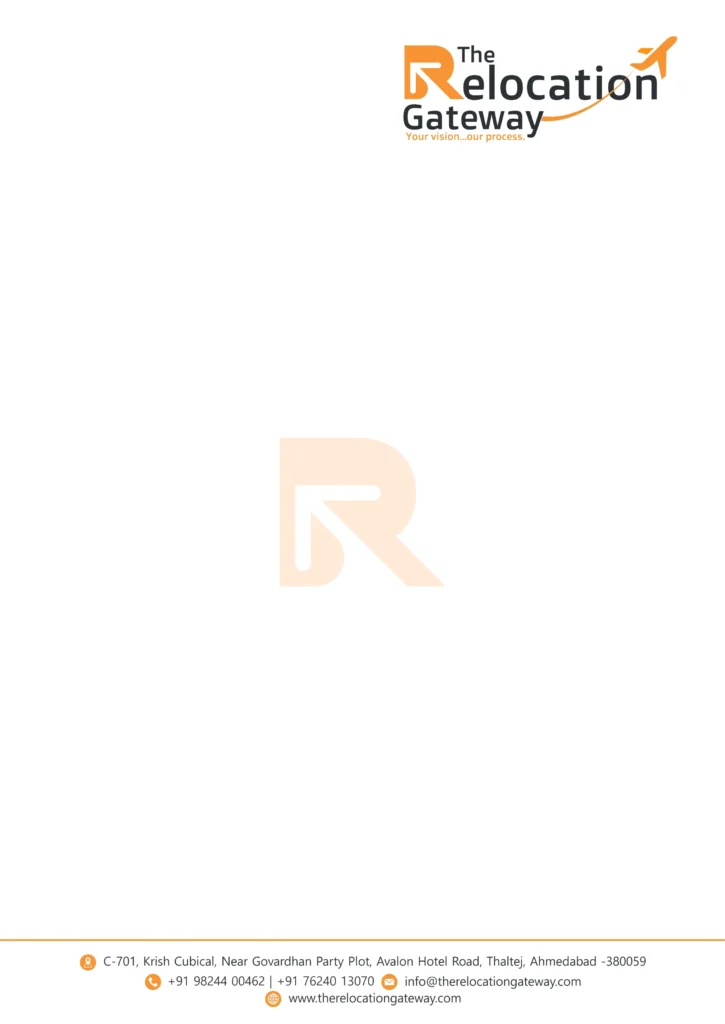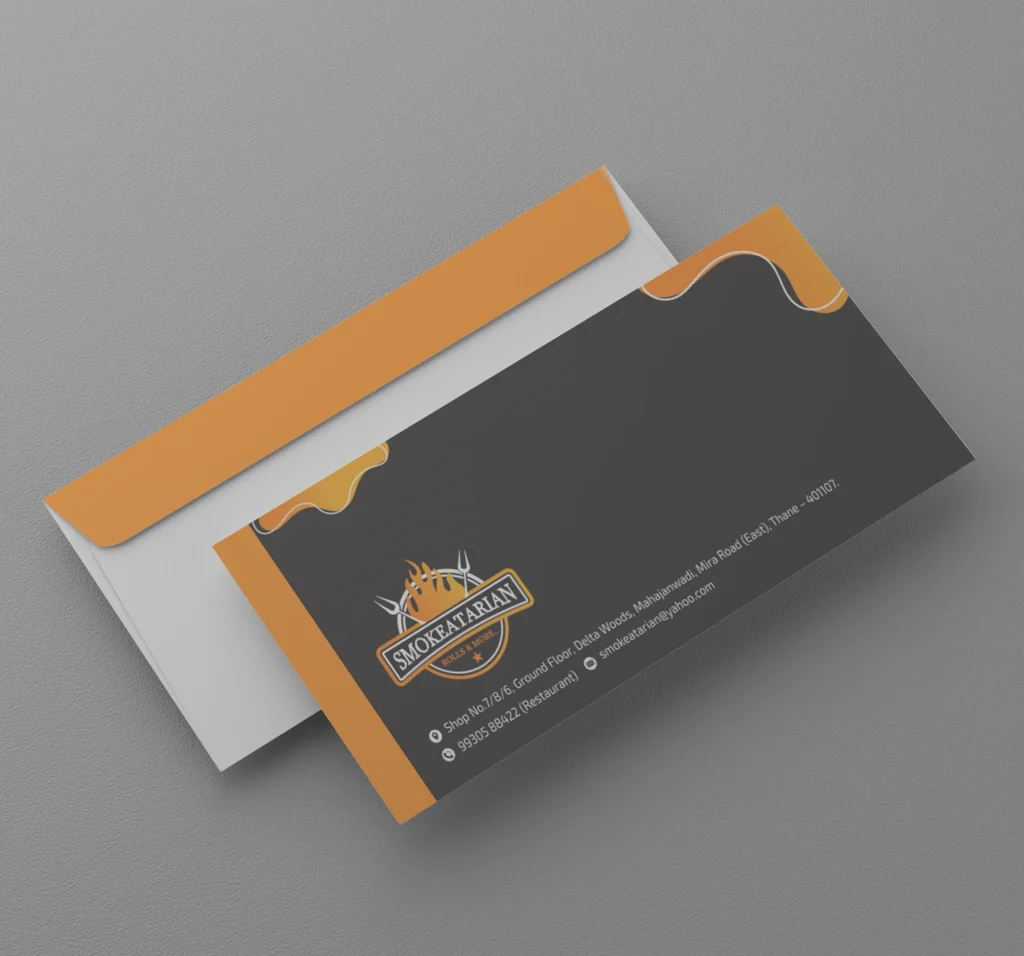Letterhead and Envelope Design - Pegasus Design House

When it comes to establishing a professional and cohesive brand image, every detail counts. One often overlooked aspect of branding is the design of letterheads and envelopes. These seemingly small marketing materials play a significant role in shaping a business’s identity and visual identity. At Pegasus Design House, we understand the importance of creating high-quality letterhead and envelope designs that leave a lasting impression on clients and customers
The Importance of Professional Letterhead and Envelope Design
Marketing materials, such as letterheads and envelopes, are essential stationery templates for any business. They not only serve as a means of communication but also contribute to the overall brand image. A well-designed letterhead and envelope can make a strong statement about the professionalism and high quality of a business. It sets the tone for all correspondence and leaves a lasting impression on recipients.
Why Your Business Identity Matters
Your business identity is the foundation of your brand’s success. It encompasses the visual elements and values that differentiate your business from others. A strong business identity helps build trust and recognition among your target audience. Visual identity, corporate identity, and brand identity are all interconnected aspects of your business’s identity. By investing in professional letterhead and envelope design, you reinforce your business identity and create a consistent brand image that resonates with your customers.
First Impressions and Brand Perception
First impressions matter, especially in today’s digital age where potential customers have access to a wealth of information about your business. A professionally designed letterhead and envelope can leave a positive and memorable first impression. It sets the tone for how your brand is perceived by clients, partners, and stakeholders. Consistency in branding across all touchpoints, including letterheads and envelopes, helps build brand perception and recognition. In the age of social media and online sharing, an attention-grabbing letterhead and envelope design can even lead to increased visibility and organic promotion.
Key Elements of Effective Letterhead Design
An effective letterhead design consists of several key elements that work together to create a cohesive and professional look. The logo, which represents your brand, should be prominently placed on the letterhead. Consistent branding elements, such as color scheme and font choices, help reinforce your brand identity. High-quality design ensures that your letterhead reflects the professionalism and attention to detail of your business. By carefully considering these elements, you can create a letterhead design that leaves a lasting impression on recipients.
Logo Placement and Size
The placement and size of your logo on the letterhead are crucial in creating a visually appealing design. Here are some key considerations:
- Place the logo at the top or bottom of the letterhead, ensuring it is easily visible.
- Experiment with different sizes to find the optimal balance between prominence and not overpowering the rest of the content.
- Consider incorporating geometric shapes or lines to frame or highlight the logo.
- Ensure the logo aligns with the overall page layout and does not obstruct important information or create visual clutter.
Choosing the Right Font and Color Scheme
The choice of font and color scheme for your letterhead design can greatly impact its effectiveness. Here are some tips to help you make the right choices:
- Choose a font that is easy to read and aligns with your brand’s personality.
- Consider using a font from your brand’s existing typography or creating a custom font.
- Select a color scheme that reflects your brand’s identity and evokes the desired emotions in recipients.
- Use contrasting colors to ensure readability and visual appeal.
- Incorporate patterns or textures that complement your brand’s visual identity and add interest to the design.
Contact Information Essentials
A well-designed letterhead should always include essential contact information. This ensures that recipients can easily reach out to your business for further communication or inquiries. Here are the contact information essentials to include on your letterhead:
- Business name and logo
- Physical address
- Phone number
- Email address
- Website URL
- Social media handles (optional)
By including these contact details, you provide a seamless and professional experience for recipients. Additionally, consider incorporating your business card design into your letterhead for added convenience.
Envelope Design That Complements Your Letterhead
An envelope is not just a vessel for sending documents; it is an extension of your brand. A well-designed envelope can enhance the overall presentation of your correspondence and create a strong impression. By using an envelope template that complements your letterhead design, you reinforce your brand’s visual identity and create a consistent look across all your stationery. This attention to detail reflects professionalism and attention to quality, leaving a lasting impression on recipients.
Consistency in Branding Elements
Consistency in branding elements across your letterhead and envelope is crucial for creating a professional and cohesive brand image. By using the same fonts, colors, and logo placement, you reinforce your brand’s visual identity and make it easily recognizable. Using a template for both your letterhead and envelope ensures consistency in design and layout. This consistency helps build brand recognition and enhances the overall perception of your business.
Material and Size Options
When designing your envelope, consider the material and size options available. The choice of materials, such as paper stock and finish, can add a touch of luxury or convey eco-friendliness. Size options depend on the type of correspondence and the documents you usually send. Smaller envelopes are suitable for invoices or business cards, while larger ones are ideal for marketing materials or legal documents. Additionally, consider the shipping requirements, as oversized or non-standard envelopes may incur additional postage costs. By carefully considering these factors, you can select the right materials and sizes that align with your branding and meet your business’s needs.

Practical Tips for Attention-Grabbing Envelopes
To make your envelopes stand out and grab attention, consider incorporating these practical tips:
- Use creative business card inserts to surprise recipients and leave a memorable impression.
- Experiment with unique envelope designs, such as die-cut shapes or custom sizes.
- Add embellishments, such as foil stamping or embossing, to create a tactile experience.
- Consider using eye-catching colors or patterns that align with your brand’s personality.
- Personalize the envelope with recipients’ names or customized messages for a personalized touch.
By implementing these tips, you can make your envelopes not only functional but also attention-grabbing, leaving a lasting impression on recipients.
Incorporating Sustainability into Your Design
In today’s environmentally conscious world, sustainability is an important consideration for businesses. By incorporating sustainable practices into your letterhead and envelope design, you can demonstrate your commitment to the environment. One way to do this is by using eco-friendly materials, such as recycled paper, for your stationery. Recycled paper not only reduces the demand for virgin materials but also showcases your dedication to sustainable business practices. By making conscious choices in your design process, you can contribute to a greener future.
Eco-Friendly Materials and Practices
Choosing eco-friendly materials for your letterhead and envelopes is an effective way to reduce your business’s environmental impact. Some eco-friendly options to consider include:
- Recycled paper: Opt for papers made from post-consumer waste, which reduces the need for virgin materials.
- Soy-based inks: These inks are derived from renewable soybeans, making them a greener alternative to petroleum-based inks.
- Water-based coatings: Replace traditional chemical coatings with water-based alternatives, which are more environmentally friendly.
- Sustainable sourcing: Ensure that the materials used in your stationery come from responsibly managed forests or other sustainable sources.
By adopting these eco-friendly materials and practices, you can align your business with sustainability goals and attract environmentally conscious customers.

The Design Process at Pegasus Design House
At Pegasus Design House, we follow a meticulous design process to ensure that our clients receive high-quality letterhead and envelope designs. Our process includes the following stages:
- Consultation and Conceptualization: We work closely with our clients to understand their business requirements, brand identity, and design preferences.
- Design, Review, and Revisions: Our team creates initial design concepts and presents them to the client for review. We then incorporate feedback and make revisions as needed.
- Finalization and Printing: Once the design is approved, we finalize the artwork and prepare it for printing. We ensure that the final product meets our clients’ expectations and quality standards.
By following this comprehensive design process, we deliver letterhead and envelope designs that align with our clients’ brand identity and leave a lasting impression on recipients.
Consultation and Conceptualization
During the consultation and conceptualization stage, we engage in a thorough discussion with our clients to understand their unique business requirements and design preferences. We believe in collaboration and value our clients’ input throughout the design process. By actively listening to their needs and vision, we can conceptualize letterhead and envelope designs that accurately reflect their brand identity and messaging. Our experienced design team leverages their expertise to translate these ideas into visually appealing concepts. Through this collaborative effort, we ensure that our clients receive tailored designs that effectively communicate their business’s essence.
Design, Review, and Revisions
Once the initial design concepts are created, we present them to our clients for review. We encourage open communication and feedback during this stage. Our clients’ input is valuable in refining the designs and ensuring that they align with their expectations. We carefully consider the feedback provided and make revisions as needed. Our goal is to create letterhead and envelope designs that not only meet our clients’ requirements but also exceed their expectations. This iterative process allows us to fine-tune the designs and create a final stationery template that accurately represents our clients’ brand identity.
Finalization and Printing
Once the letterhead and envelope designs are finalized, we proceed to prepare the artwork for printing. We pay meticulous attention to detail to ensure that the final product meets our clients’ expectations and adheres to high-quality standards. Our team carefully selects the appropriate printing techniques, paper quality, and finishes to enhance the overall look and feel of the stationery. We collaborate with trusted printing partners who share our commitment to delivering excellence. The final result is a high-quality letterhead and envelope design that reflects our clients’ brand identity and leaves a lasting impression on recipients.
Frequently Asked Questions
What Makes a Good Letterhead Design?
A good letterhead design incorporates a well-placed, visually appealing logo, a legible font and color scheme, and essential contact information. It should reflect the brand’s identity and create a professional and cohesive look for all correspondence.
How Often Should You Update Your Design?
The frequency of updating your letterhead and envelope design depends on your brand identity, marketing materials, and the overall direction of your business. However, it is advisable to update your design periodically to stay current and reflect any changes in your brand identity, social media presence, or pattern collection.
